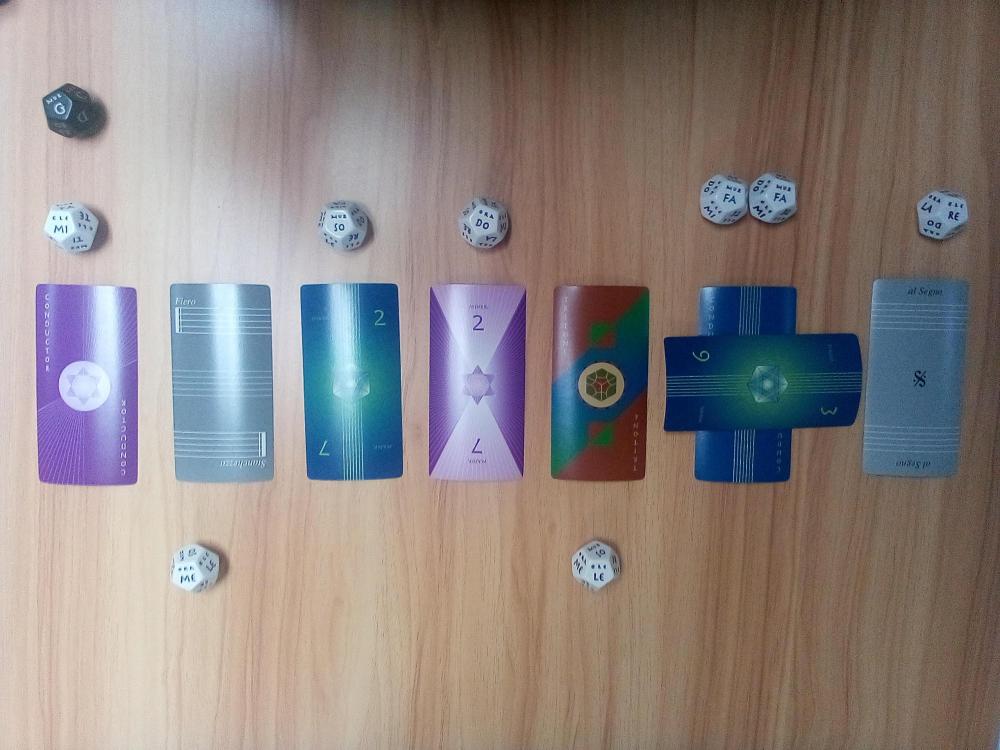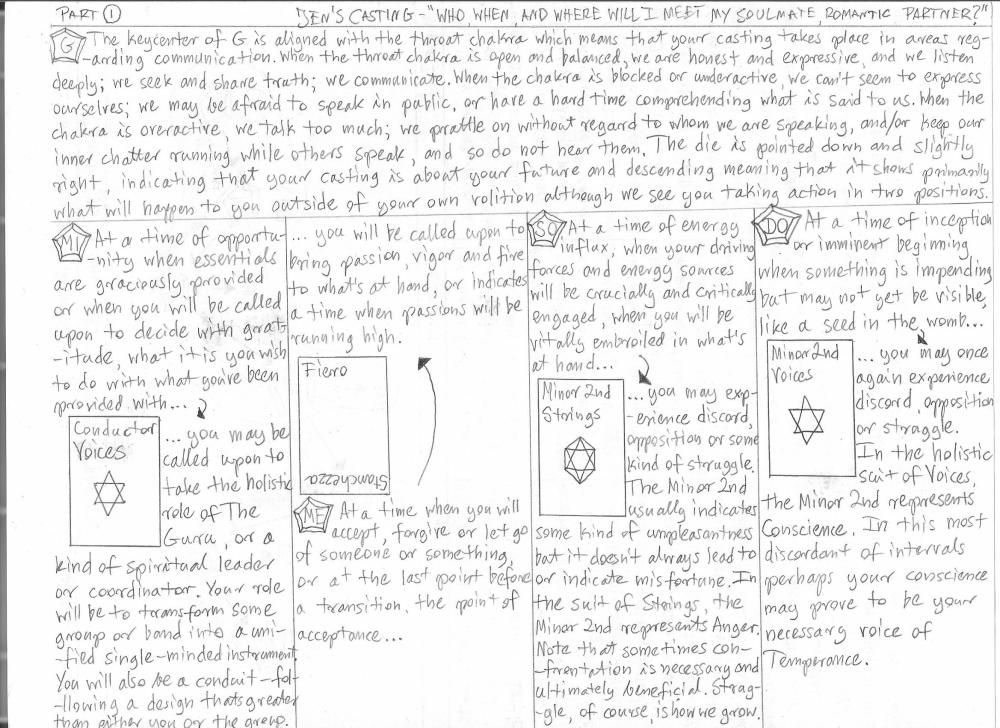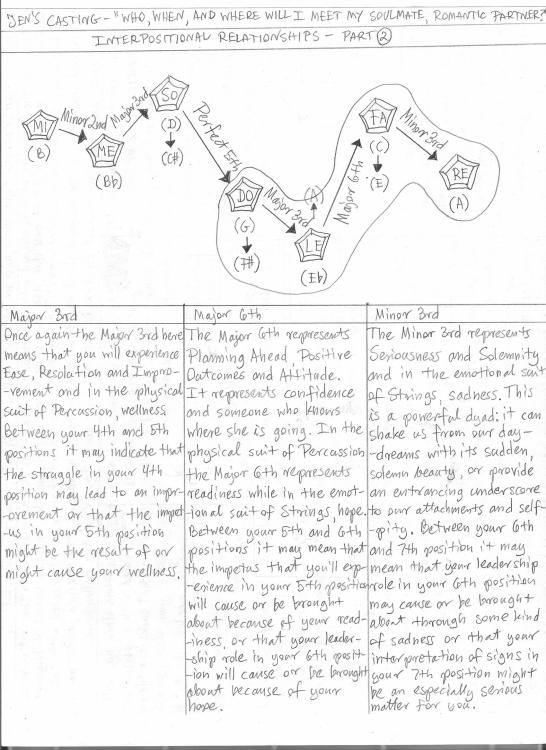-
Posts
2,609 -
Joined
-
Last visited
-
Days Won
221
PeterthePapercomPoser last won the day on December 21
PeterthePapercomPoser had the most liked content!
About PeterthePapercomPoser

- Birthday April 10
Profile Information
-
Biography
Composer living in California who facilitates a short story writing class and also participates on writingforums.org. Working on creating a story and music based RPG maker role playing game. Interested in all arts. During the holiday season, I'm known as PeterPartakesofCornPudding. 🇵🇱 Click on the "About Me" tab on the right for a complete catalogue or press kit of my compositions!
-
Gender
Male
-
Location
California, USA
-
Occupation
Soon to be Mental Health Worker and Addictions Counselor
-
Interests
Musical Composition, Short Stories and books and different kinds of art. I did the cover art.
-
Favorite Composers
Tchaikovsky, Beethoven, Ravel, Stravinsky, Prokofiev, Lutoslawski (only the more tonal works), John Williams, Elliot Goldenthal, Jerry Goldsmith
-
My Compositional Styles
on paper/linear, thematic, harmonic language variable
-
Notation Software/Sequencers
Used to use Cakewalk Home Studio with Yamaha XG Midi soundbank. Now I write everything on paper and copy it into MuseScore. Also a very much beginning user of Reaper, although I don't foresee using it much given MS4's capabilities..
-
Instruments Played
Clarinet, Piano, Trumpet, French Horn, Acoustic Guitar, Chromatic Harmonica (in that order)
Recent Profile Visitors
PeterthePapercomPoser's Achievements
-
PeterthePapercomPoser started following The Empty Church – Submission to the YCF 2025 Christmas Event , Ruined Castle - Microtonal VGM , Coventry Carol (Christmas 2025) and 6 others
-
For this piece I made two versions. While inputting the piece with all its microtones into Musescore, it ended up sounding quite bad with all the microtones that I had included (probably owing to the fact that the piece is already quite dissonant without the microtones). So I removed all the microtones and made a version of it that's free of any microtones. That's the 1st version. Then, once I was done with that version of the piece, I went back and made a 2nd version with very light microtonal embellishments, mostly only in the melodic voices and only on minor chords (making them sub-minor in 24TET, meaning I brought the minor 3rd of minor chords down a quarter-step). My intent with using those particular microtones is to make the piece even darker than it would be if it was just a regular minor key piece. But let me know what you think about both versions and which one you like better! I welcome your comments, suggestions, critiques or just observations. Thanks for listening!
-
.thumb.png.8b5b433a341551e913a34392660bc95b.png)
Favorite Musical Book Quotes?
PeterthePapercomPoser replied to PeterthePapercomPoser's topic in Composers' Headquarters
I share with you a musical quote from the book Beyond the Robot: The Life and Work of Colin Wilson by Gary Lachman who himself was a founding member of the rock group Blondie. The book is a biography of Colin Wilson, the author of The New Existentialism - a book I previously quoted above, as well as other famous titles such as The Outsider. -
Hi @Bjarke! Your piece starts out quite similar to Prokofiev's Overture to Romeo and Juliet but soon turns into something definitely different. The intensity that doesn't let up later in the piece could really use some contrast with some occasional pp gestures - like a scherzo which is known for juxtaposing very loud and intense passages with very quiet and subdued ones. But, I'm not sure if composing with speed as the priority will really yield the best and most musical results. Thanks for sharing though!
-
Hi again @HoYin Cheung! What a charming sonata that I wasn't familiar with turned into a symphony movement! I think you did a splendid job transforming this piece into a work worthy of late Haydn. I didn't know that Haydn ended up including Clarinets in his later symphonies until I heard this piece and had to check if he ever used them. Thanks for sharing and great work! I'm stoked to hear the other movements!
-
Hi @Fugax Contrapunctus! For me it seems like having the Soprano in such a high tessitura and reaching the high C (and ending on a sustained high C) is more demanding that the low E's in the Basses. I wouldn't hesitate to transpose this piece down a half-step if it were mine - the English Horn could still play its part. And the Altos could still reach the F#. From my cursory perusal of your score, I think every other voice and instrument could still reach their notes. Btw - I liked the coda and that you managed to end in the same key you began. Thanks for sharing!
- 1 reply
-
- 1
-

-
.thumb.png.8b5b433a341551e913a34392660bc95b.png)
Arrangement for Like JENNIE
PeterthePapercomPoser replied to HoYin Cheung's topic in Incidental Music and Soundtracks
Hey @HoYin Cheung! It's amazing that such a well trained musician as yourself was attracted enough to a song like this and sought out to transcribe and arrange it like this despite it's almost pitch-less spoken lyrics/dialogue. You did a really great job nailing down the almost indeterminate pitches in the song! It shows that you have a really great ear and I'm sure it was a challenging but lucrative (skills-wise) endeavor for you! Thanks for sharing! -
Hi @MK_Piano! The 1st movement fanfare reminds slightly of one of John Williams' Olympic Fanfare and Themes. But on the whole it has a very wondrous and magical sound to it that I like! 2nd movement - this has a surprising Arabic/Egyptian flavor to it. It might be because the main theme has a certain similarity to James Horner's Danger Theme. 3rd movement - this movement depicting the prospect of liftoff is a great hopeful ballad (at least in the beginning). The inclusion of the U.S. National Anthem brings great nostalgia to the occasion. It's also quite action-packed depicting well the intensity and explosive process of liftoff. You have a great intermingling of themes from the 2nd movement - it's great when writing a multi-movement work that you get to make these big melodic gestures through thematic association. 4th movement - quite an eerie start that would be very appropriate to the weightless tumbling of the Apollo spacecraft towards the moon. I can feel the enormous blackness and loneliness of space in this music. 5th movement - this starts off quite menacing. If I didn't know any better I would venture to guess that the Apollo 11 spacecraft encountered some kind of dire emergency in space while trying to land on the moon. Nice minor version of the National Anthem! That's cool that you included the actual audio of the voices of the astronauts. The music after that is so joyful and transcendent but still has a touch of wonder and awe. Overall this is quite an accomplished orchestral suite! Great job and thanks for sharing!
-
.thumb.png.8b5b433a341551e913a34392660bc95b.png)
Trumpet Concerto in C
PeterthePapercomPoser replied to Aiwendil's topic in Orchestral and Large Ensemble
Hi @Aiwendil! Surely, an accomplished classical Trumpet Concerto! It's both melodically satisfactory while providing the soloist an ample challenge and virtuosity. The cadenzas are well written as well! Not to mention they sound humanized rather than mechanical and metronomic. Cadenza writing is its own beast and getting a good rendering of a cadenza from a computer program is all-the-more difficult, but I think you accomplished it! Perhaps your 2nd movement could have been more challenging for the soloist, but that might have detracted from its great, stately solemnity. I think the 3rd movement is probably my favorite. It makes for a really great finale to the whole concerto. I played Trumpet for a short time before switching to French Horn and for me those high concert C's would definitely be too demanding. But the instrument is a higher C Trumpet so it possibly might be more feasible than on a Bb Trumpet. Also, it seems you do not exceed the high concert C anywhere, so it seems all-the-more practical. A professional virtuoso should definitely be able to play it, as I'm sure you well know. Great job and thanks for sharing! -
.thumb.png.8b5b433a341551e913a34392660bc95b.png)
2025 Christmas Music Event!
PeterthePapercomPoser replied to PeterthePapercomPoser's topic in Monthly Competitions
@SeekJohn14v6 has also entered a piece which was created with the assistance of AI (Suno): -
.thumb.png.8b5b433a341551e913a34392660bc95b.png)
Moonfall for Voice and Piano
PeterthePapercomPoser replied to ComposedBySam's topic in Choral, Vocal
Hey @ComposedBySam! Great piece! I think, even though you wrote the voice part in treble clef 8vb, I think the actual range of your voice reaches to the levels expected of a Baritone rather than a Tenor voice! The Tenor voice's lowest note is usually B an octave below middle C. While the Baritone (I am one myself) can reach all the way to G an octave and a half below middle C. So I think it would have been more appropriate to write the part in bass clef. Like Vince, I love your singing! I think just from hearing your voice and your style of singing and composing of this song, I can hear an Indian influence/heritage in it. I am also stoked to hear more of the stanzas of your poem realized in this way! Great job and thanks for sharing! -
.thumb.png.8b5b433a341551e913a34392660bc95b.png)
Motet a 8 "O Magnum Mysterium" in E-flat major.
PeterthePapercomPoser replied to Fugax Contrapunctus's topic in Choral, Vocal
Hi @Fugax Contrapunctus! Only in choral music can so many individual lines at once still retain their individuality. The tone colors of the different voice types are different enough as to grant them distinctiveness even when they're really close together or even overlapping. And here I thought I was working with a lot of voices in my recent Christmas Mash-up for SMATBB!!! Although even in that 6 voice arrangement, I sometimes use divisi. Thanks for sharing this wonderful choral work! It makes me wonder how apt Cantamus is at rendering words in other languages (like for example Polish since my Christmas Mash-up's so far feature Polish, English and Latin lyrics). Great job! -
Hi @Monarcheon! At first I was very puzzled by this piece as it was very difficult for me to hear how it was at all related to Jingle Bells. But I have since listened better with the help of the score and I can confidently say that I do hear it. You have cleverly fragmented the theme and augmented each fragment into its own unique musical gesture. The extended tremolo on one note I perceive as a development of the basic repeated notes "Jingle Bells". While the tremolos between two different notes I perceive as a development of "Jingle all...". "...the way" is developed in measure 10. I maybe would have liked for the associations to the original Carol to be more obvious but you certainly bring your own particular style to the season! I love your setting of "Dashing through the snow..." in measure 23. Some of the remaining material still puzzles me however in how it is related to the Carol - did you take a lot of liberties with it? Thanks for sharing this wonderful recording! I think your performance is excellent and really brings out the unique creepy tone colors of sul ponticello and sul tasto and harmonics and tremolos all put together and what not - it's an extended technique frenzy! Makes for a particularly spine-chilling Christmas! Haha
-
I come to you once again with my 12th Muzoracle casting! This time, Jen asked the Muzoracle "who, when, and where will I meet my soulmate, romantic partner?" (Muzoracle is a storytelling/fortune telling/divination tool similar to the Tarot card deck, but with cards with musical concepts and 12-sided Musician's dice and Solfege dice. Perhaps it may be thought of as a special musical Oracle card deck.) My interpretation of the cards and dice are displayed below. Since the casting featured two cards in the suit of Voices, I used a Soprano and an Alto. Also, there were three cards in the suit of Strings, so I used Violin, Cello and Guitar. Finally, there was a card in the suit of Percussion, so I used the Piano. I chose the Piano and Guitar because Jen has played these instruments in the past and she also happens to be an Alto. If you'd like to find out more about Muzoracle and how castings are interpreted go here: https://muzoracle.net/ This short musical interpretation of Jen's casting is about ~2 minutes long. Since the black 12-sided Musician's die landed on G, the piece is in the key of G which pertains to the throat chakra. I created the following melodic/harmonic underdrawing guided by the cards and the dice. Since the first card drawn was a Conductor of Voices card, I started with a lone soprano singing a chromatic neighbor tone to B, A#. The Violin and Guitar come in next since the Minor 2nd of Strings was drawn in the 3rd position. Following is the Alto which joins the Soprano since the Minor 2nd of Voices was drawn in the 4th position. Finally, the Piano comes in when the Tritone of Percussion card was drawn in the 5th position. The whole piece is repeated since the De Segno al Fine card was drawn in the 7th and final position. If you've gotten this far, thanks for reading! And I hope you enjoy listening to this short vocal chamber work I wrote to represent Jen's Casting. Comments, critiques, suggestions, or observations are of course, always welcome. Thanks for listening!
-
Google: "The chorus effect in music creates a fuller, richer sound by duplicating an audio signal, slightly delaying the copies, and subtly shifting their pitch and timing, making it sound like multiple instruments or voices are playing in unison, adding depth, width, and texture, common on guitars, synths, and vocals for a lush, shimmering, or "detuned" quality. It works by using a low-frequency oscillator (LFO) to modulate the short delay time between the original sound and its copies, creating a constantly shifting phase relationship that thickens the sound. "
-
Yeah! I thought of another point: 4. Lack of vibrato/chorusing. Instruments or voices sound full when many of them sing or play together and the vibrato of many individuals turns into the emergent property of groups of voices or instruments that we perceive as ensemble resonance. Many samples and soundfonts already simulate this, but you can increase it or adjust it with the "chorus" effect which makes the vibrato wider or narrower.






















